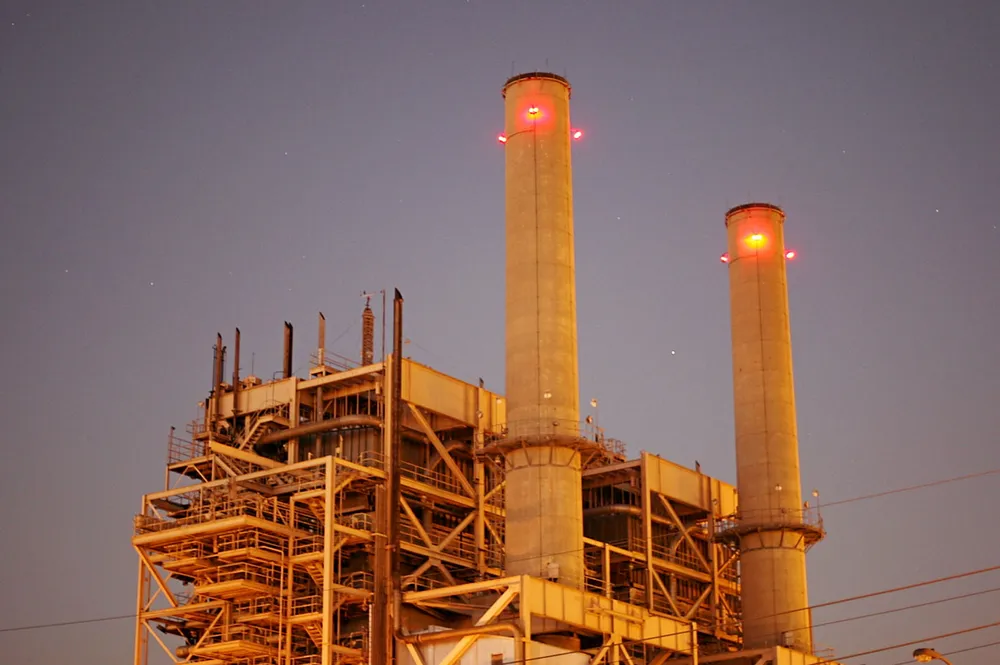EXCLUSIVE | Major hydrogen power plant announced in Arkansas will actually run on fossil gas 'until H2 market matures'
The 500MW project, which is set to begin construction this year, is also likely to be a lot smaller than billed, Hydrogen Insight learns
